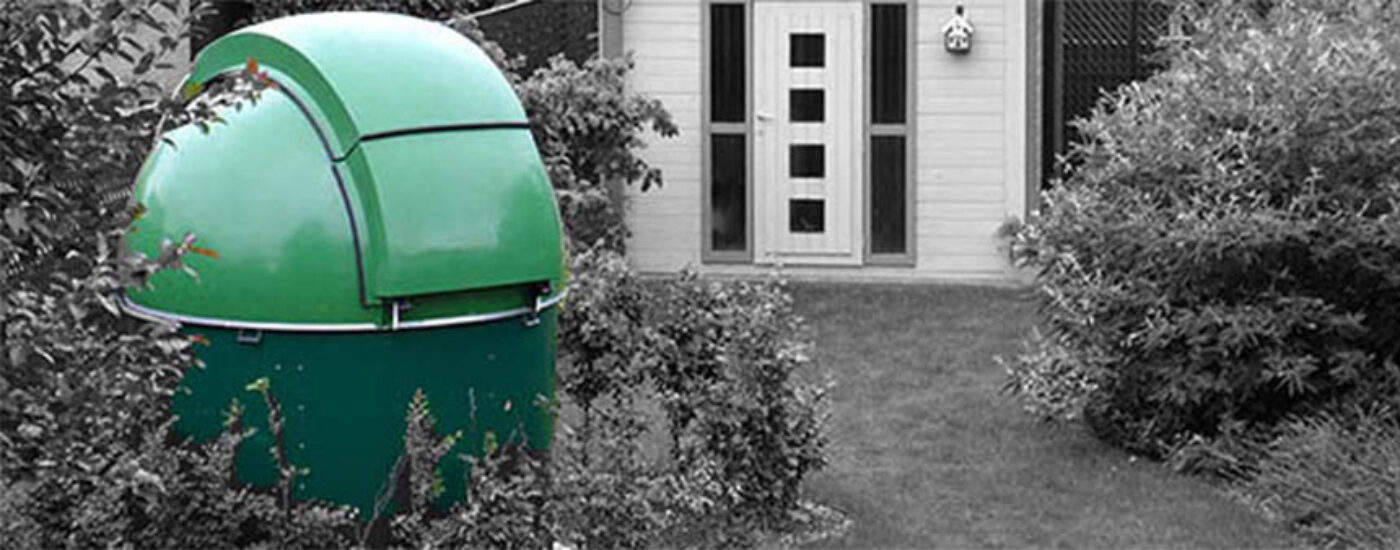it was a nice clear evening after the clouds cleared. The moon phase was 0.49 but quite low on the horizon. I noticed on the SQM meter reading 19.45, normally i can get about 19.3. I have never seen this here in my backyard. Could the energy crisis be in between for something that lights get extinguished more ? Anyway… i started with some comets including: 22P, 61P, 285P, 286P, 395P, C/2019 O3, C/2020 H6, C/2020 F5, C/2022 E3, C/2022 L2. With my 2-nd setup C11-telescope and the LHiRess high-resolution spectrograph, I was able to record some Be stars a spectra. These are: V378 And, HD21620, 16 Peg and 31 Peg.
comet and spectroscopic observations on 29 sept.
a clear night with low transparancy due high humidity (> 90%). I observed wome comets and spectroscopic observations of Be-stars as well.
comets that are observed are: 74P(not detected), 158P(not detected), 395P, 442P, C/2020 F5, C/2022 E3.
Be-stars where a spectrum could be obtained are: pi Aqr, tet Ari.
new COMET C/2022 R3 (Leonard)
object that was observed on 21 sept. is now assigned as comet C/2022 R3 (Leonard) via M.P.E.C. 2022-S250
comet and spectroscopic observations on 21 sept.
after the high clouds are gone at midnight, i started with observations of comet C/2022 E3 and a possible comet, mentioned on the PCCP. For this last object the total exposures was about 2 hours. This object could be detected and has a magnitude of about 20.3 in aperture radius of 5″.5. With the C11 and LHiResIII spectrograph, 4 spectra could be obtained of Be-stars.
comet observations on 12 sept.
As a test after the tschnical issues with the setup, i started to observe some comets. the weather conditions were not good at all. There were high clouds and also just passed the full moon. So there was high interfering light and very low transparency. A few comets could still be oberved until the complete cloud cover closed the sky. comets wich are observed are: C/2022 L2, C/2022 E3, C/2020 U5.
technical issues with 0.4-m f/3.8 setup
I noticed that the images are very bad, taken with the 0.4-m f/3.8 setup. Problem was that the all stars appears as comets. Very strange. I could not at first immediately pinpoint the cause, after all, nothing had been changed in the installation. I then started by checking the basics, power supplies, etc. The CCD camera is powered by the same 12VDC power supply as all items on the telescope, including the mirror heaters. I then measured the DC voltage at the camera itself while all the consumers were on. I measured only 10.9 VDC there. This is far too little. I then increased the supply voltage to 12.5 VDC at the camera itself. If the anti-dew heaters get a higher voltage is not a problem. Afterwards did a test and the images are OK again. problem solved.
new comet C/2022 Q2 (ATLAS)
new comet observed on 7 sept. with remote telescope 0.61m f/6.5 CDK from the Telescope.Live network in Chile. comet was assigned as C/2022 Q2 (ATLAS) obervers: E. Bryssinck, M. Rocchetto, E. Guido, G. Milani and A. Valvasori.
comet and spectroscopic observations on 31 aug.
After clouds were gone, i could start with observations of comets and spectroscopic observations. After avbout 2 hours i must interreupt the observations due clouds that came in. comets that copuld be observerd are: C/2022 E3, C/2020 K1, C/2020 U5, C/2021 O3 (not detected due clouds). With the C11 + LHiresIII, some Be-stars are observed: 12 Vul, 28 Cyg and also VV Cep.
spectroscopic observation on 22 aug.
a high resolution spectrum could be ontained from Be-star 28 Cyg.
